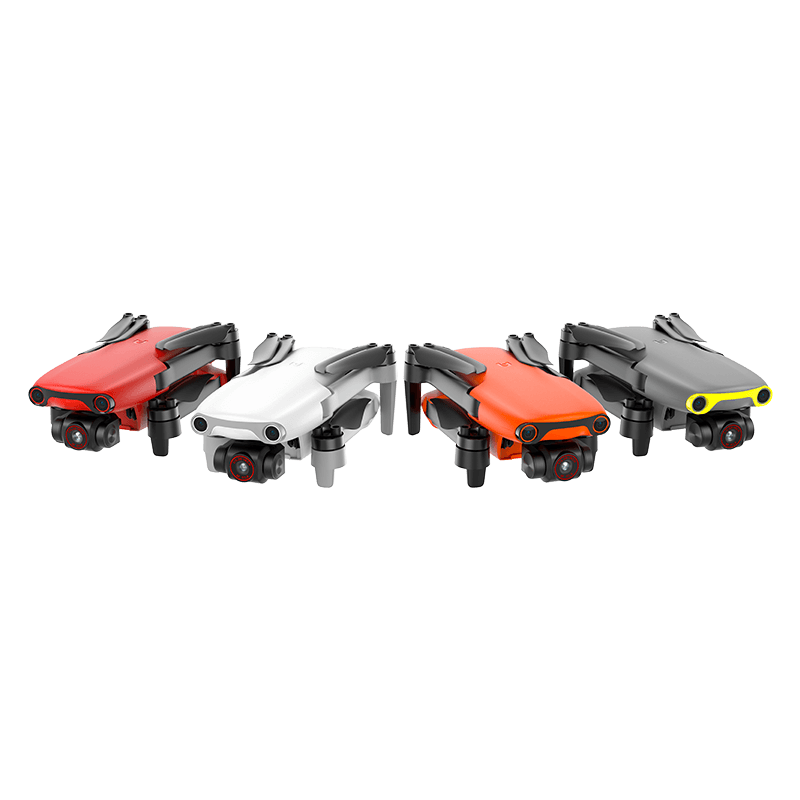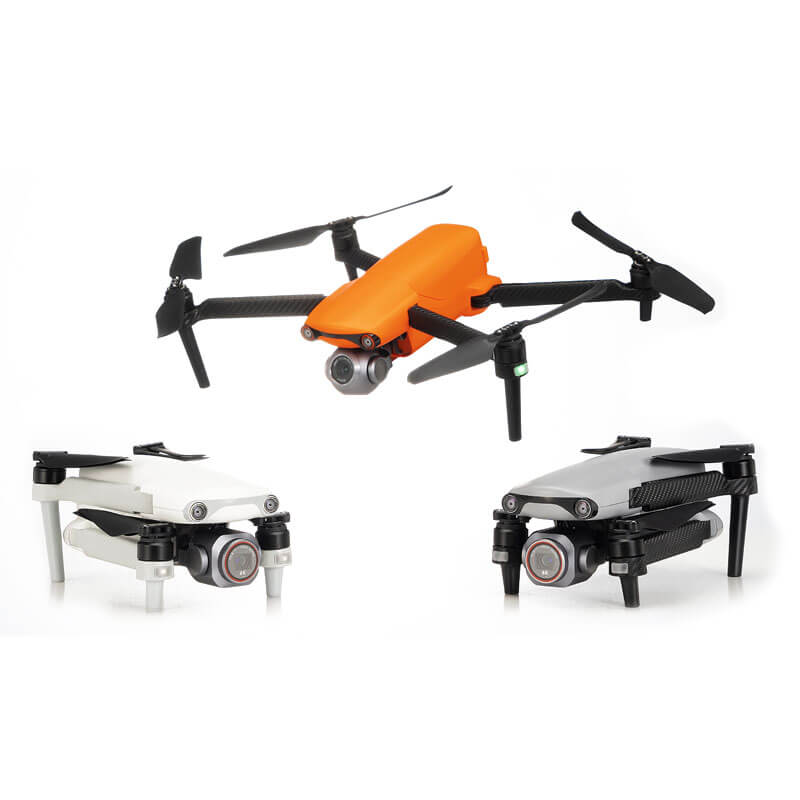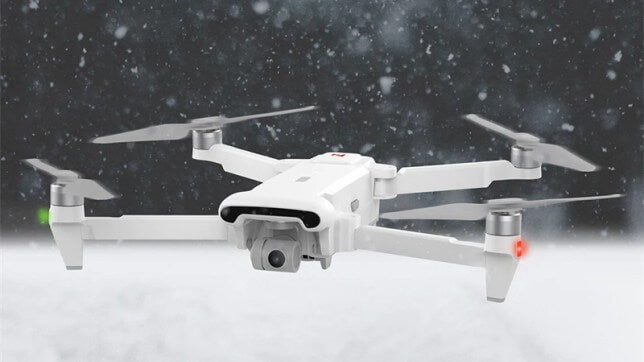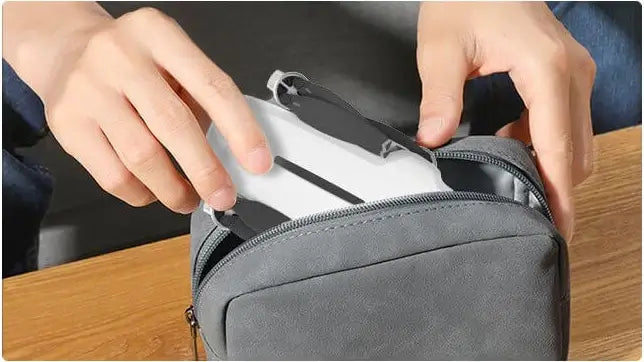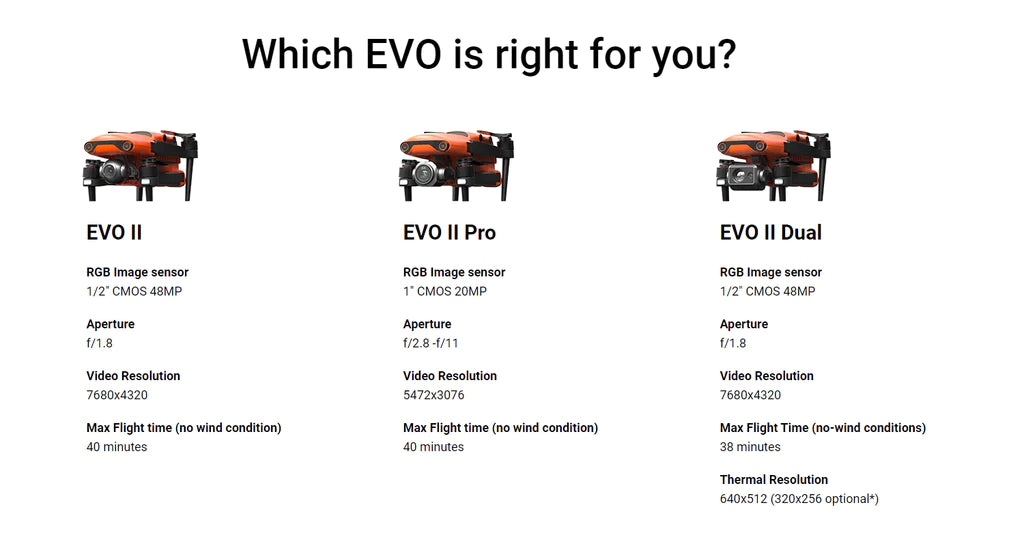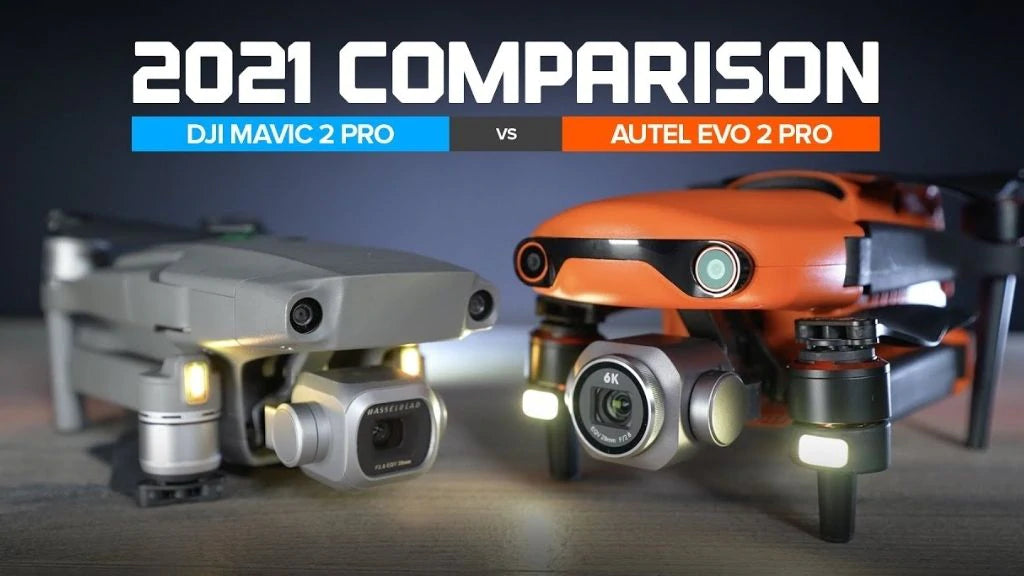If you bite the bullet and buy your first drone, there are a few key things you need to know to help you capture great footage from the start. You don't want to spoil an otherwise perfect outdoor moment with a lack of camera knowledge, so it's a good idea to know before you start your adventure.
Both the Autel Evo Nano and Autel Evo Nano+ weigh 249 grams. In terms of size, the Evo Nano series is 140×90×50mm when folded, but 264×310×50mm when unfolded, the Evo Nano’s wingspan is much larger, and you can say its wingspan is better for stability in the wind. Both drones have a wind resistance rating of 5. In comparison, the DJI Mavic Air 2 weighs 570g and measures 180×97×84mm when folded. It also has class 5 wind resistance.
Camera drones are very powerful action cameras. When used properly, they can capture stunning footage and stills in the most extreme situations. While we're starting to see some great drone flight products on the market, as we said, a good drone can't be made without the best camera parts.
Testing the Autel Evo Nano drone
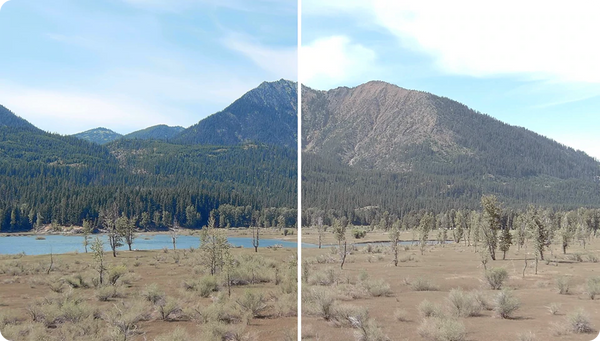
The Autel Evo Nano drone came out in glory. At less than 250 grams, this DJI villain is about the same weight and dimensions as the DJI Mini 2, which means it can fly on the most basic Open A1 and A3 class licenses with fewer restrictions. But that's not all, because despite its light weight, the Autel has managed to squeeze into a mini-hodgepodge of three-way obstacle avoidance, cameras with larger 1/2-inch sensors, solid flight characteristics, and auto-flying capabilities. You can even record ambient audio on your phone while the drone is in the air. All these features make it one of the best drones for beginners and a great choice for experienced pilots.
Obstacle avoidance advantage test of Nano series Drone 
The main flight feature of the Autel Evo Nano UAV and DJI Mavic Air 2, regardless of camera equipment, is a three-way obstacle avoidance that includes down, forward, and backward. Obstacle avoidance isn't the most important function of a drone, but it will inevitably avoid hitting an obstacle at some point, whether it's a tree, a wall, or a person among the foliage. The little Evo Nano's obstacle avoidance is something to celebrate, as the similarly sized DJI Mini 2 lacks obstacle avoidance at all. Somehow cramming extra obstacle avoidance weight into a drone under 250 grams is the stuff of science fiction, and one of the Evo Nano's key strengths.
Honestly, you can hardly tell the Nano from the DJI Mini 2 even on the ground, let alone in the air. They're very similar in design, as the Evo Nano's rear propeller arms fold back horizontally rather than vertically (a bonus if obstacle avoidance is turned off and you're backing up into a tree).
While the Nano's plastic construction is indeed thinner than those used on most DJI drones, the build quality is perfectly acceptable at this price point. Still, the Evo Nano feels so light in the hand, it will probably survive most collisions, unless of course it flies straight to the wall in Sport mode.

The Autel Evo Nano+ features a best-in-class Xbox One-style hand controller with a built-in kickstand for plugging into your phone, so you can view the scene from the drone's camera, along with a range of flight stats. Unsurprisingly, the controller is equipped with all the usual buttons, including returning to the home page, image and video capture, and a very smooth gimbal controller.
The Autel Evo Nano+ is available in four colours - red, orange, grey and white. I recommend choosing red or orange, as both colors stand out when the drone is in the air.

